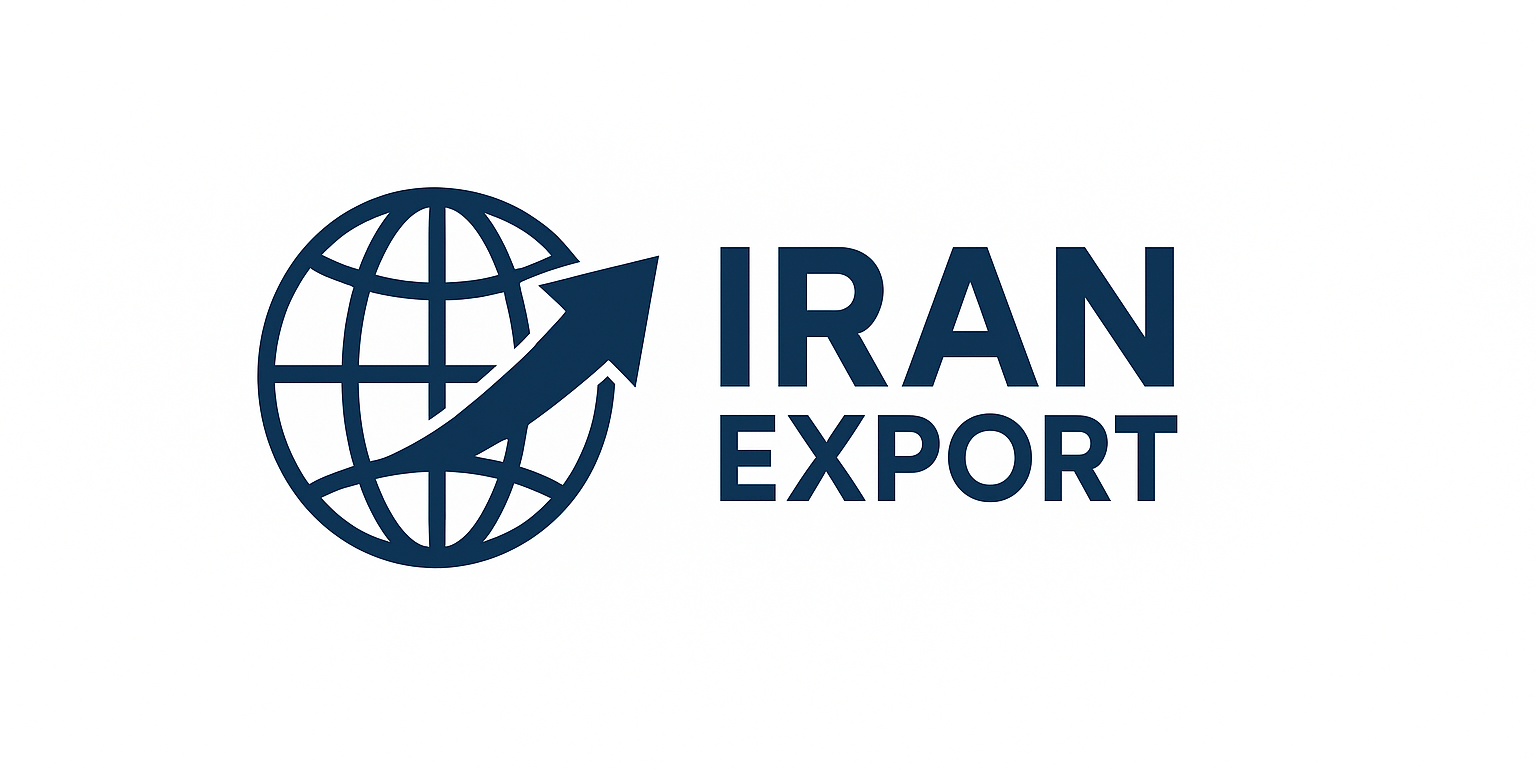Khatamkari (inlay) and Monabatkari (craving) are among Iran’s most intricate woodcrafts, requiring high precision, specialized tools, and artisanal skills. Khatamkari involves assembling tiny pieces of wood, bone, metal, and shell to form elaborate geometric patterns, while Monabatkari focuses on carving detailed reliefs into wood. Both crafts demand years of experience and are primarily handmade, preserving their authenticity and artistic value.
These crafts are typically produced in small workshops or by home-based artisans, particularly in cities like Shiraz, Isfahan, and Tehran. Since most raw materials are locally available and the products offer high added value, these industries contribute significantly to local employment and sustainable income for artists and craftsmen.
Iranian Khatam and Monabat products enjoy strong demand in international markets, especially in Arab countries, East Asia, Europe, and North America. Their elegance, cultural authenticity, and craftsmanship make them highly attractive in craft exhibitions, galleries, and specialty stores worldwide.
Iran’s long-standing tradition in wood inlay and carving, combined with unique regional styles and exceptional craftsmanship, offers a distinct competitive edge. These products serve both decorative and collectible purposes, making them appealing to a wide range of customers, from art enthusiasts to global collectors.
